Ultrasound Innovation Refines Grains in Metal 3D Printing
Published: 2025-11-17
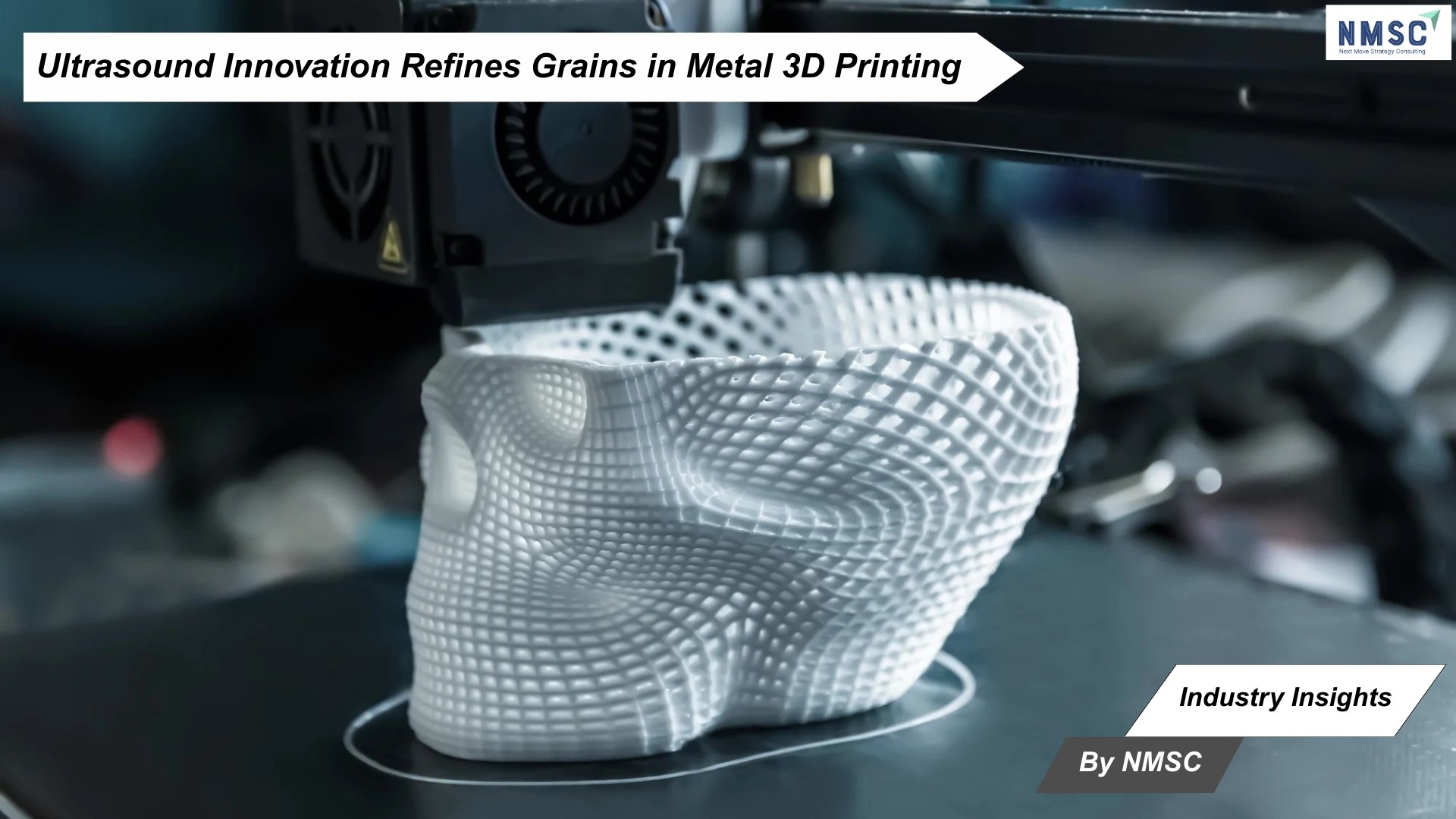
Industry Insights from Next Move Strategy Consulting
Northwestern Polytechnical University, in collaboration with Wuhan University of Science and Technology, the National University of Singapore, and Trinity College Dublin, has unveiled a groundbreaking non-contact ultrasound method for laser additive manufacturing. Published in Nature Communications, this advancement demonstrates how transmitting ultrasound below 20 W·cm² through a gas medium refines grains, strengthens mechanical properties, and avoids cavitation — marking a significant leap forward for the 3D printing market.
A New Direction for Laser Additive Manufacturing
Traditional laser additive manufacturing often produces columnar grains due to steep thermal gradients in the melt pool, which can limit mechanical performance. Earlier ultrasound-assisted approaches relied on direct contact transmission at intensities above 200 W·cm². While this method refined grains, it introduced porosity, surface defects, and build height restrictions.
The newly developed non-contact method overcomes these limitations by transmitting ultrasound through carrier gas at intensities below 20 W·cm². This enables stable, defect-free builds up to 100 mm tall while maintaining refined equiaxed structures, reshaping scalability for industrial applications.
Engineering Stability Through Acoustic Streaming
In-situ monitoring and multiphysics simulations revealed that low-intensity ultrasound combines with Marangoni-driven flow to generate cyclic stresses in the melt pool. These stresses fracture dendrites, enabling refined equiaxed structures without destabilizing the melt pool. Unlike cavitation, this process avoids violent shock waves, minimizing porosity and defects while enhancing reproducibility.
Implications for Scalable Metal Manufacturing
By establishing acoustic streaming as a reliable mechanism for grain refinement, this approach offers a repeatable, defect-free pathway to manufacturing large and complex metal components. With demonstrated success in alloys like Inconel 718 and stainless steel 316L, the method also shows promise for processes such as welding and cladding, where melt pool stability is critical.
Next Move Strategy Consulting’s View
This innovation represents a pivotal advancement in the 3D printing market, where scalability, reproducibility, and mechanical strength are key growth drivers. By proving that non-contact ultrasound can deliver consistent, high-quality results without sacrificing build size or surface integrity, this research sets the stage for new industrial adoption across aerospace, energy, and beyond.
Redefining the Future of 3D Printing
The demonstration that cavitation is not essential for grain refinement challenges long-held assumptions in metallurgy. With reproducible strength, refined grain structures, and defect-free builds, non-contact ultrasound stands as a transformative milestone in additive manufacturing.
As the 3D printing industry advances toward larger, more complex, and performance-critical applications, this breakthrough underscores a future defined by precision, scalability, and reliability.
Source: 3D Printing Industry
Prepared by: Next Move Strategy Consulting
About the Author
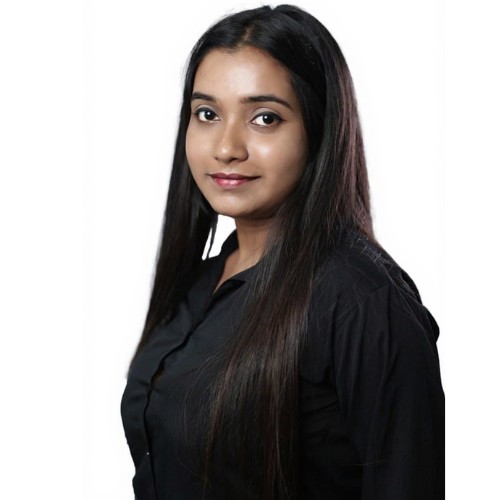 Tania Dey is a highly experienced Content Writer and a passionate SEO Executive with a specialized focus on digital transformation, technology trends, and industry-focused insights. She has honed her expertise in creating compelling, data-driven content that not only enhances online visibility but also aligns with the ever-evolving demands of modern business landscapes. Her work spans a diverse range of industries, including technology, and digital services, enabling organizations to communicate their vision and value propositions effectively to both niches.
Tania Dey is a highly experienced Content Writer and a passionate SEO Executive with a specialized focus on digital transformation, technology trends, and industry-focused insights. She has honed her expertise in creating compelling, data-driven content that not only enhances online visibility but also aligns with the ever-evolving demands of modern business landscapes. Her work spans a diverse range of industries, including technology, and digital services, enabling organizations to communicate their vision and value propositions effectively to both niches.
About the Reviewer
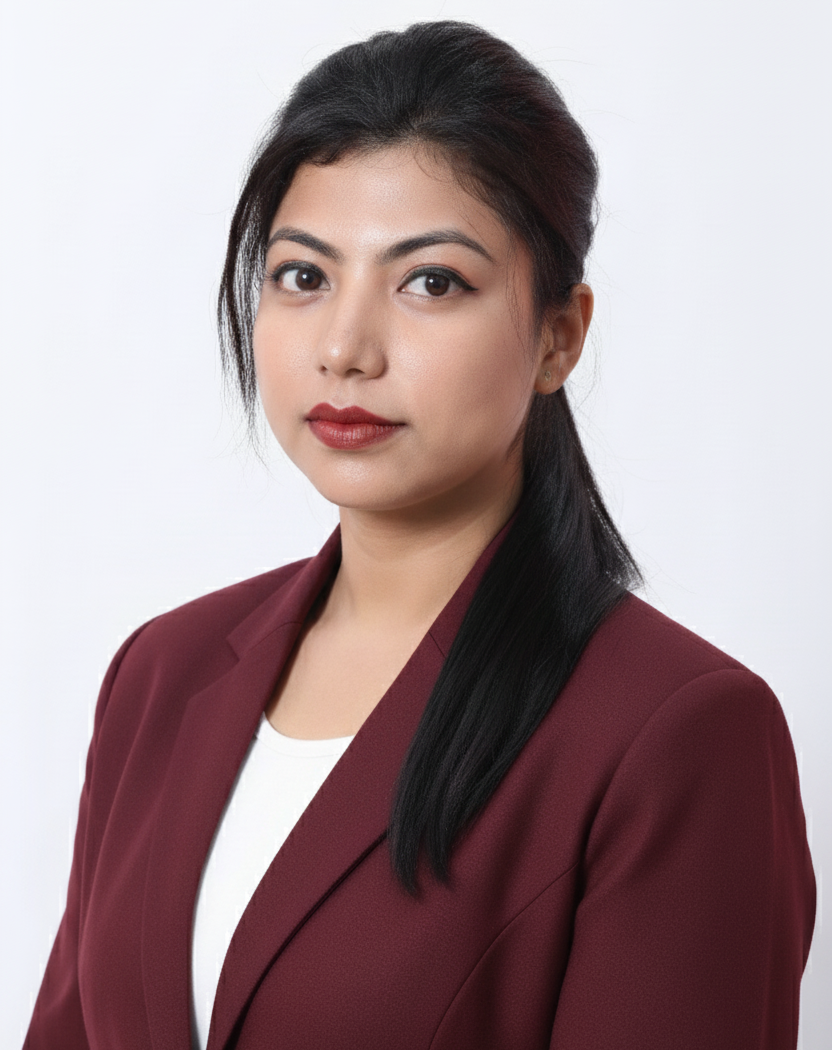 Debashree Dey is a versatile Content Writer, PR Specialist, and Assistant Manager in Digital Marketing, known for her ability to craft audience-focused narratives and develop data-driven strategies that enhance brand visibility. As a published manuscript author, she combines creativity
with strategic acumen to help brands strengthen their presence and drive deeper user engagement. Outside of her professional pursuits, Debashree draws inspiration from creative projects and design explorations.
Debashree Dey is a versatile Content Writer, PR Specialist, and Assistant Manager in Digital Marketing, known for her ability to craft audience-focused narratives and develop data-driven strategies that enhance brand visibility. As a published manuscript author, she combines creativity
with strategic acumen to help brands strengthen their presence and drive deeper user engagement. Outside of her professional pursuits, Debashree draws inspiration from creative projects and design explorations.








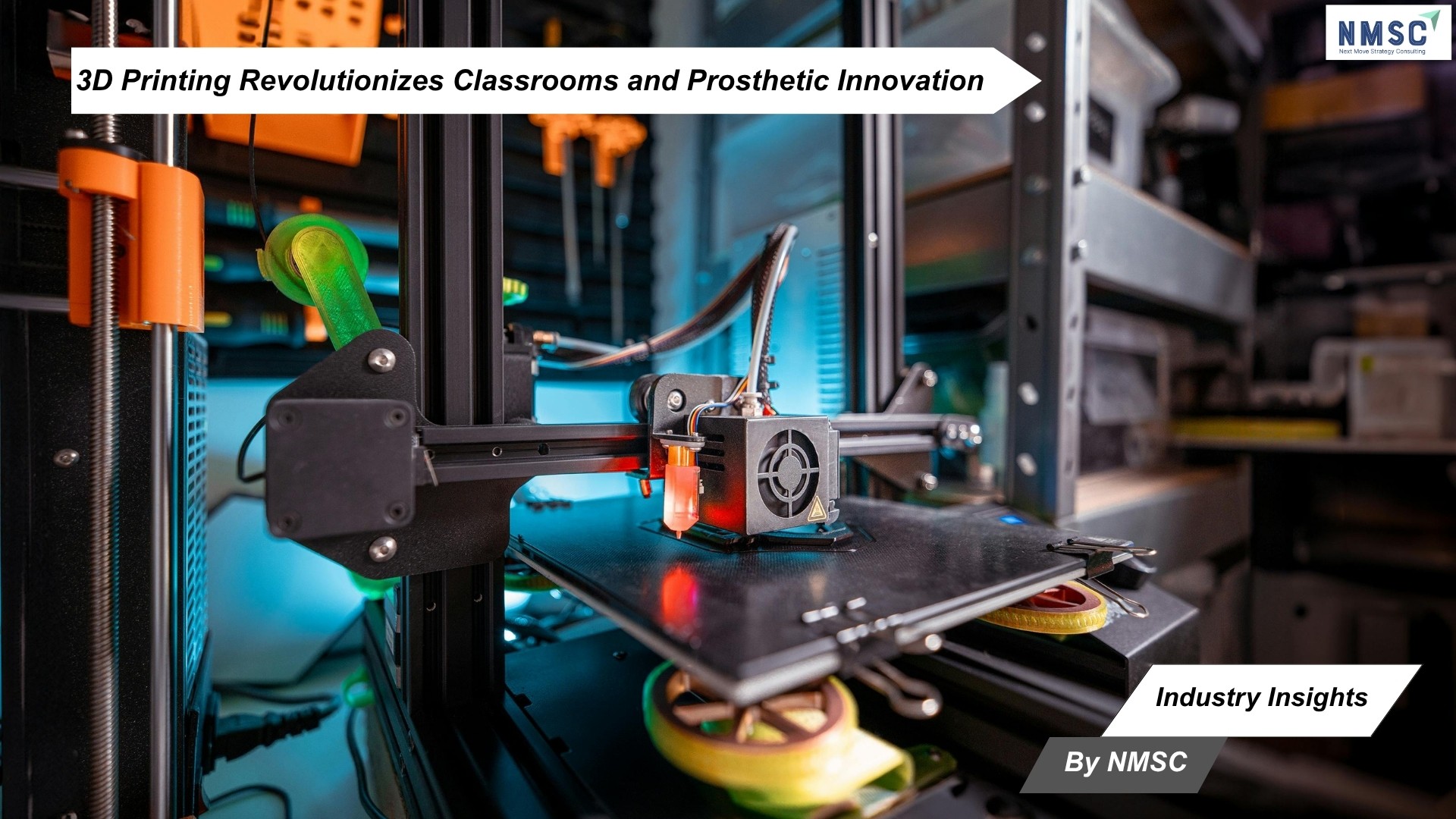


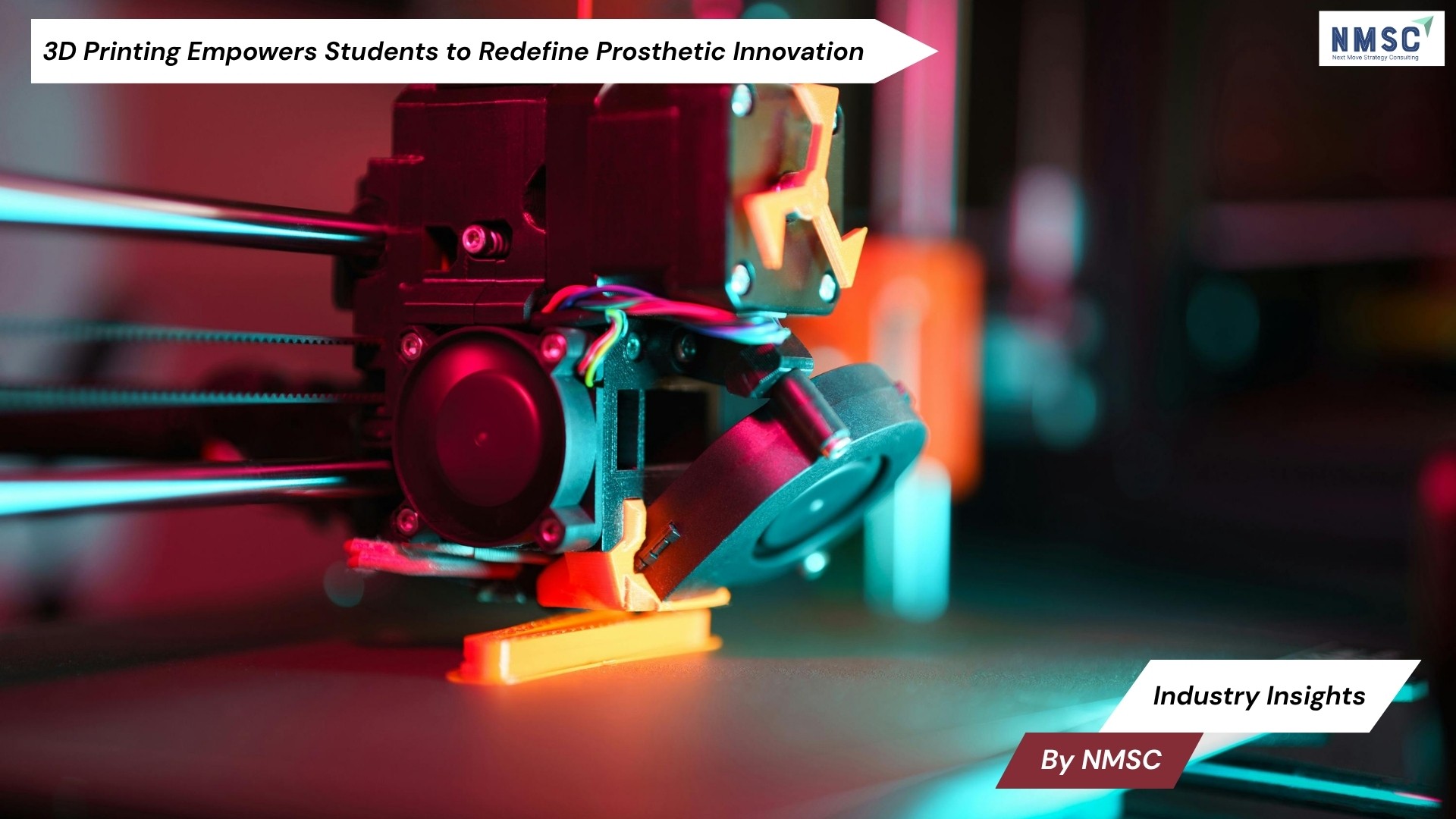




Add Comment